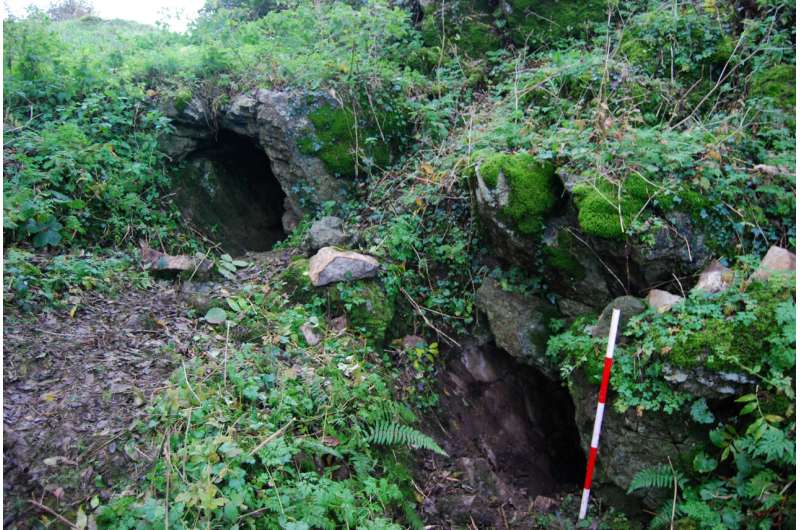The discovery of remarkably preserved microbiomes within 4,000-year-old teeth from an Irish limestone cave has provided a fascinating glimpse into the evolution of human diets and oral health over millennia. Through genetic analyses of these ancient microbiomes, researchers from Trinity College Dublin, in collaboration with archaeologists from other institutions, have uncovered significant insights into the impact of changing dietary habits on the oral microbiome composition and the prevalence of dental diseases. This article delves into the findings of this groundbreaking study and explores the implications for understanding human health and evolution.
Understanding Ancient Microbiomes: The study, published in Molecular Biology and Evolution, sheds light on the composition of oral microbiomes in the Bronze Age and their implications for dental health. By analyzing DNA extracted from ancient teeth, researchers identified a diverse array of bacterial species, including Streptococcus mutans, a major contributor to tooth decay. Surprisingly, S. mutans was found to be exceptionally rare in the ancient genomic record, suggesting evolutionary changes in response to dietary shifts.
Impact of Changing Diets: One of the key findings of the study is the correlation between dietary transitions and shifts in oral microbiome composition. With the advent of cereal agriculture thousands of years ago, there was a notable uptick in dental cavities, indicating a shift towards carbohydrate-rich diets. However, the most significant increase in dental diseases occurred in recent centuries, coinciding with the widespread consumption of sugary foods. This correlation highlights the profound impact of dietary habits on oral health throughout history.
The Role of Streptococcus mutans: Streptococcus mutans, a species notorious for its role in tooth decay, has undergone evolutionary changes in response to dietary shifts. While rare in ancient mouths, modern populations exhibit a higher prevalence of S. mutans, particularly in individuals consuming sugary diets. The study provides valuable insights into the genetic adaptations of S. mutans, shedding light on its pathogenicity and ability to colonize the oral cavity.
Disrupted Oral Microbial Balance: Analysis of ancient microbiomes revealed disruptions in the natural balance of oral microbial communities, with S. mutans outcompeting other streptococcal species. This imbalance, termed the “pre-disease state,” predisposed individuals to dental decay and other oral health issues. By reconstructing ancient microbiomes, researchers gain a deeper understanding of the complex interactions between microbial species and their impact on human health.
Implications for Modern Health: The findings of this study have significant implications for modern healthcare practices and public health interventions. By examining the genetic diversity of ancient oral bacteria, researchers can identify evolutionary patterns and trace the origins of disease-causing pathogens. This knowledge informs efforts to develop targeted interventions for preventing and treating dental diseases, particularly in populations with high sugar consumption.
Preserving Biodiversity and Oral Health: The “disappearing microbiome” hypothesis posits that modern microbiomes are less diverse than those of our ancestors, leading to potential health consequences. Loss of microbial diversity is associated with an increased risk of oral diseases and systemic health conditions. Therefore, efforts to preserve microbial biodiversity and promote oral health are essential for maintaining overall well-being.
The study of ancient teeth provides a unique window into the evolutionary history of human diets and oral health. By analyzing ancient microbiomes, researchers can unravel genetic secrets hidden within dental enamel, shedding light on the complex interplay between diet, microbiome composition, and oral health outcomes. As we navigate the challenges of modern dietary habits and their impact on health, insights from the past offer valuable lessons for promoting oral health and preserving microbial diversity in the present and future.
